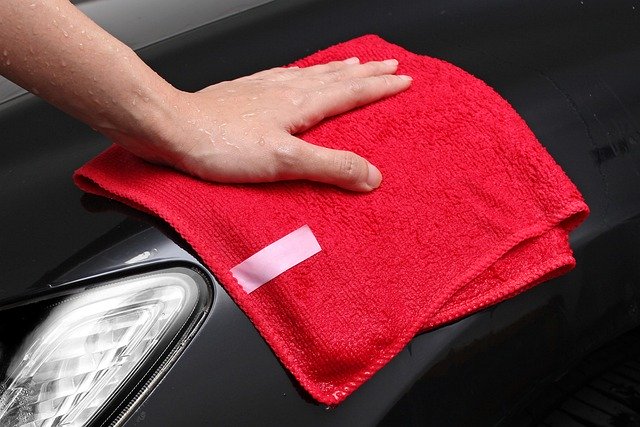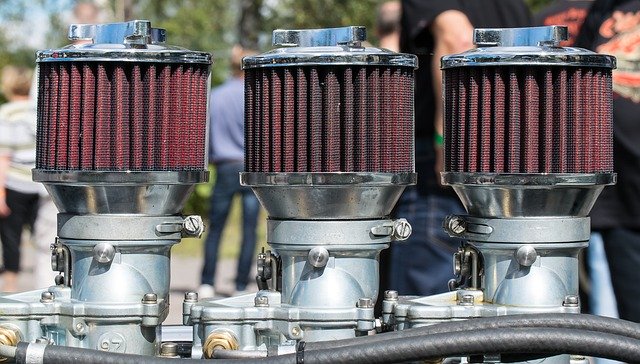Welcome to our blog post on the importance of regular cleaning for your home’s carbon monoxide detectors. Carbon monoxide (CO) is a silent killer that poses a serious threat to our health and safety. This odourless and colourless gas can leak from faulty appliances and heating systems, putting you and your loved ones at risk. To protect your family, it’s crucial to have carbon monoxide detectors installed in your home. However, simply having detectors in place is not enough. Regular cleaning and maintenance play a vital role in ensuring their effectiveness.
In this article, we’ll explore the reasons why cleaning your carbon monoxide detectors is so important and provide you with actionable tips to keep your home safe.
How Carbon Monoxide Detectors Work
Before we dive into the importance of cleaning, let’s first understand how carbon monoxide detectors work. These devices are designed to detect the presence of carbon monoxide gas in the air and emit an alarm to alert you to potential danger. The most common types of carbon monoxide detectors are:
- Electrochemical detectors: These detectors use electrodes to detect changes in electrical currents caused by carbon monoxide exposure. When carbon monoxide enters the detector, it triggers a chemical reaction that generates an electric signal, triggering the alarm.
- Biomimetic detectors: These detectors contain a gel that changes colour when exposed to carbon monoxide. The colour change is detected by the device, which then triggers the alarm.
- Metal oxide semiconductor detectors: These detectors have a silica chip coated with a film that reacts to carbon monoxide. The chip’s electrical resistance changes when it comes into contact with the gas, setting off the alarm.
The Importance of Regular Cleaning
Cleaning your carbon monoxide detectors is crucial for several reasons. Here’s why it should be a part of your regular home maintenance routine:
- Ensuring proper functioning: Over time, dust, dirt, and debris can accumulate on the sensors of your carbon monoxide detectors. This build-up can hinder their ability to detect carbon monoxide accurately. Regular cleaning helps remove these obstructions and ensures that the detectors are working optimally.
- Preventing false alarms: Dirty detectors can trigger false alarms, causing unnecessary panic and inconvenience. By cleaning them regularly, you can reduce the chances of false alarms and maintain the reliability of your carbon monoxide detection system.
- Extending the lifespan of detectors: Carbon monoxide detectors are electronic devices that require proper care to function effectively for an extended period. Regular cleaning helps prevent sensor damage and corrosion, allowing your detectors to have a longer lifespan.
Also read 10 Importance of Regular Cleaning for Your Home’s Fire Safety
How to Clean Your Carbon Monoxide Detectors
Cleaning your carbon monoxide detectors is a relatively simple process. Follow these steps to ensure your detectors remain in top condition:
- Read the manufacturer’s instructions: Start by reading the user manual provided with your carbon monoxide detectors. The manufacturer’s instructions will guide you on how to clean and maintain your specific model.
- Turn off the power: Before cleaning, it’s important to turn off the power to the detector. This can usually be done by removing the batteries or disconnecting the power source if your detectors are hardwired.
- Gently vacuum the exterior: Use a soft brush attachment on your vacuum cleaner to remove any dust or debris from the exterior of the detectors. Be careful not to damage any parts or sensors during this process.
- Remove the cover: Depending on the model, you may need to remove the cover of the detector to access the sensors. Follow the manufacturer’s instructions to safely remove the cover without causing any damage.
- Clean the sensors: Once the cover is removed, use a can of compressed air or a soft brush to clean the sensors. Take extra care not to touch or disturb the sensors, as they are delicate and can be easily damaged.
- Check the expiration date: While cleaning, take a moment to check the expiration date of your detectors. If they have exceeded the recommended lifespan (usually between 5 to 10 years), it’s time to replace them with new ones.
- Reassemble and test: After cleaning the detectors and ensuring they are completely dry, reassemble the cover according to the manufacturer’s instructions. Once everything is in place, turn on the power and test the detectors to ensure they are functioning correctly.
Additional Tips for Carbon Monoxide Safety
Cleaning your carbon monoxide detectors is just one aspect of maintaining a safe home environment. Here are a few additional tips to enhance carbon monoxide safety:
- Install carbon monoxide detectors on every level of your home, including near sleeping areas.
- Test your detectors regularly to ensure they are functioning properly.
- Replace the batteries in your detectors at least twice a year, or as recommended by the manufacturer.
- Keep your home well-ventilated to prevent carbon monoxide buildup.
- Schedule regular inspections of your heating system, chimney, and appliances to identify and address any potential sources of carbon monoxide leaks.
Also read The Ultimate Guide to Estate Cleaning: Everything You Need to Know
Conclusion
Regular cleaning of your carbon monoxide detectors is a critical step in ensuring the safety of your home and loved ones. By keeping the detectors clean and well-maintained, you can rely on them to provide early warnings of potential carbon monoxide leaks. Remember to follow the manufacturer’s instructions for cleaning and maintenance, and take proactive steps to enhance carbon monoxide safety in your home. With these measures in place, you can enjoy peace of mind knowing that you have taken important steps to protect your family from this silent threat.












